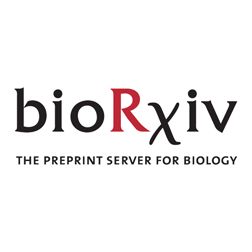Posts
Media
Videos
Starter Packs
Reposted by Ore Francis
Ben Lehner
@benlehner.bsky.social
· Jun 25

Allostery is a widespread cause of loss-of-function variant pathogenicity
Allosteric communication between non-contacting sites in proteins plays a fundamental role in biological regulation and drug action. While allosteric gain-of-function variants are known drivers of onc...
biorxiv.org
Reposted by Ore Francis
Claudia C. Weber
@cc7740.bsky.social
· Mar 21
Reposted by Ore Francis
Chat Biology
@chatbiology.bsky.social
· Feb 11

Genomics career profile: Postdoctoral Research Scientist (Ecology) at Wellcome Sanger Institute
In this career profile, Katie describes her role as a Postdoctoral Research Scientist working in ecology. This is one of a series of career profiles exploring lots of different jobs in genomics.
www.yourgenome.org
Reposted by Ore Francis


